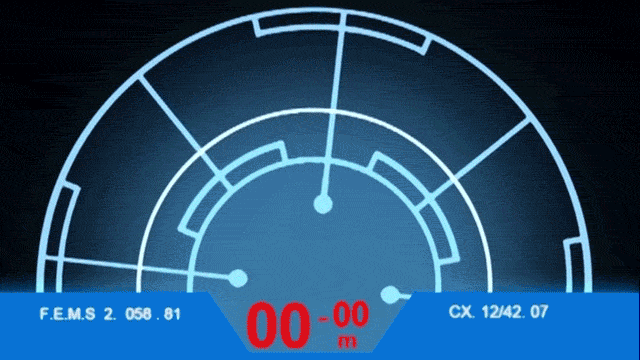Building collapses are a tragic and overwhelmingly fatal occurrence in the developing world. But that could soon change once NASA and the DH’s revolutionary, handheld radar unit comes to fruition. It scans for and identifies buried building collapse victims based solely on their breathing patterns and heartbeats.
Dubbed the FINDER (Finding Individuals for Disaster and Emergency Response), this miniaturised radar system is based on a remote-sensing system originally developed by NASA’s Jet Propulsion Laboratory to find extraterrestrial life on potentially habitable exo-planets. It is also routinely used in NASA’s Deep Space Network to calculate the distances between spacecraft and analyse the internal structure of Saturn. It works by bouncing microwaves off of an object — a pile of debris, a planet or what have you — and analysing the echoed signal. Sophisticated algorithms developed at the JPL then isolate even the weakest pulse and shallowest breath from the cacophony of background noise.
“Detecting small motions from the victim’s heartbeat and breathing from a distance uses the same kind of signal processing as detecting the small changes in motion of spacecraft like Cassini as it orbits Saturn,” said James Lux, task manager for FINDER at JPL, said in a press statement. In fact, the system is so sensitive, it can track a heartbeat through nine metres of crushed materials, six metres of solid concrete, or from 30 metres in open spaces.
The FINDER must still undergo rigorous testing before being adopted by FEMA for use in the field but those trials should be completed by the end of next year. “The ultimate goal of FINDER is to help emergency responders efficiently rescue victims of disasters,” said John Price, program manager for the First Responders Group in Homeland Security’s Science and Technology Directorate, in a press statement. “The technology has the potential to quickly identify the presence of living victims, allowing rescue workers to more precisely deploy their limited resources.”
Indeed, this technology easily lends itself to a huge number of search and rescue, law enforcement, conservation, and recreational uses. NASA even hopes to adapt it for future space missions as a means of wirelessly monitoring astronauts’ vital signs. [NASA]
Picture: RaoulIncorporated89‘s Aliens motion tracker radar by Michael Hession
